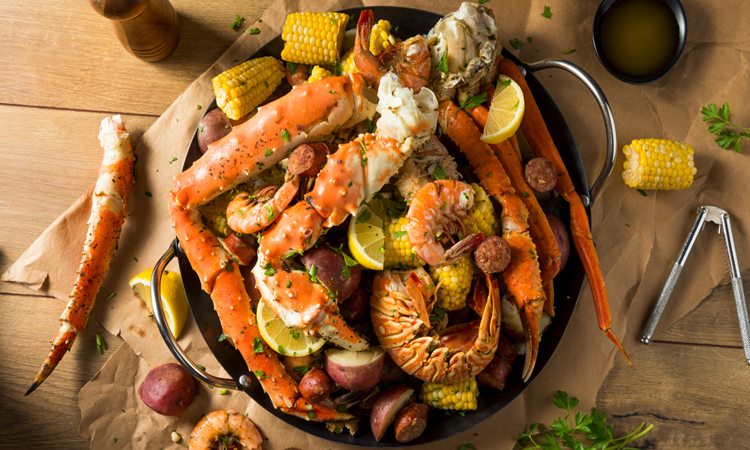Don’t Consume These Leftovers To Avoid Food Poisoning
FOOD POISONING – You and your family should avoid these eight (8) leftovers to avoid food poisoning.
There’s nothing quite like the pleasure of indulging in a home-cooked meal, especially when you get to enjoy it again the following day as leftovers. However, even though leftovers can be delicious, they can also pose health risks.
Let’s delve into how 8 types of leftovers can potentially make you sick.

Eggs
According to Kantha Shelke, a food scientist and principal of Corvus Blue LLC, eggs almost always contain salmonella. Some cooking methods for eggs, particularly those that result in runny yolks, may not effectively kill the bacteria due to the use of gentle heat for a short duration. Allowing eggs to sit at room temperature can lead to harmful bacterial multiplication, so it’s best not to save them for later, especially since fresh eggs taste better and are quick to scramble.

Potatoes
Despite their seemingly sturdy nature, potatoes can also be risky as leftovers. If left to cool and stored at room temperature for too long, they can create an environment conducive to the growth of Clostridium botulinum, the bacteria responsible for botulism. Large, foil-wrapped baked potatoes are particularly vulnerable because they provide a low-oxygen environment for bacteria to thrive. Additionally, reheating potatoes in a microwave doesn’t eliminate the harmful components that can upset your gastrointestinal system, so it’s advisable not to reheat them this way.

Spinach
Another food to be cautious about when reheating is spinach, which is rich in nitrates. When heated, these nitrates can convert into potentially cancer-causing nitrosamines. To minimize this risk, consider serving spinach raw or lightly sautéed. Additionally, keep in mind that nitrites, another byproduct of heating nitrate-rich food, are unsafe for infants younger than six months old. So, avoid heating spinach-containing baby purees.

Breast milk
Breast milk is an all-natural and healthy choice for infants, but warming it up is not recommended. Studies have shown that warming breast milk can lead to bacterial contamination from the infant’s saliva. Microwaving or warming breast milk doesn’t eliminate these bacteria, which can cause more than just digestive issues for the infant.

Rice
Rice is another culprit for potential food poisoning, as it can harbor a microorganism called Bacillus cereus that multiplies at room temperature. To prevent this, it’s essential to refrigerate leftover rice promptly after eating. Food safety guidelines suggest keeping foods either hot (above 140°F) or cold (under 40°F) if they won’t be consumed within two hours.

Chicken
Similar to eggs, raw chicken often contains salmonella, and if left at low temperatures for extended periods, the bacteria can multiply rapidly. The best way to avoid this is by ensuring the internal temperature of the chicken reaches 165 degrees during cooking. When reheating chicken, be cautious as microwaves may not heat evenly, so make sure to turn the meat. Reheating chicken more than once should be avoided to reduce risks; consider turning leftover chicken into a chicken salad instead. Always be aware of the proper internal temperature for safely cooked chicken.

Buffet food
The reason buffets don’t allow taking food to go extends beyond the concern of restaurants losing money. The main issue is that buffet trays are not maintained at sufficiently high temperatures to eliminate harmful microbes. These microbes can multiply rapidly when the food is left out unrefrigerated, leading to unhealthy levels of contamination. This applies not only to restaurant all-you-can-eat buffets but also to buffets at home parties.

Seafood
Fresh fish is incredibly healthy, but many of us don’t consume enough of it. However, consuming bad seafood can pose a significant risk of food poisoning. Fish can spoil easily, especially in warmer temperatures between 40°F and 140°F, where bacteria known to cause illnesses thrive. Even the room temperature can affect this process. To ensure safety, it’s essential never to leave seafood out of the fridge for more than two hours (or one hour if the temperature exceeds 90°F).

In summary, while savoring leftovers can be enjoyable, it’s crucial to handle and store them with care to avoid potential health hazards caused by bacterial growth and contamination.
What can you say about this article? Leave your comments and reactions below.
Please like and follow/subscribe:
Philnews YouTube Channel
Philnews.ph FB Page
Viral Facts
